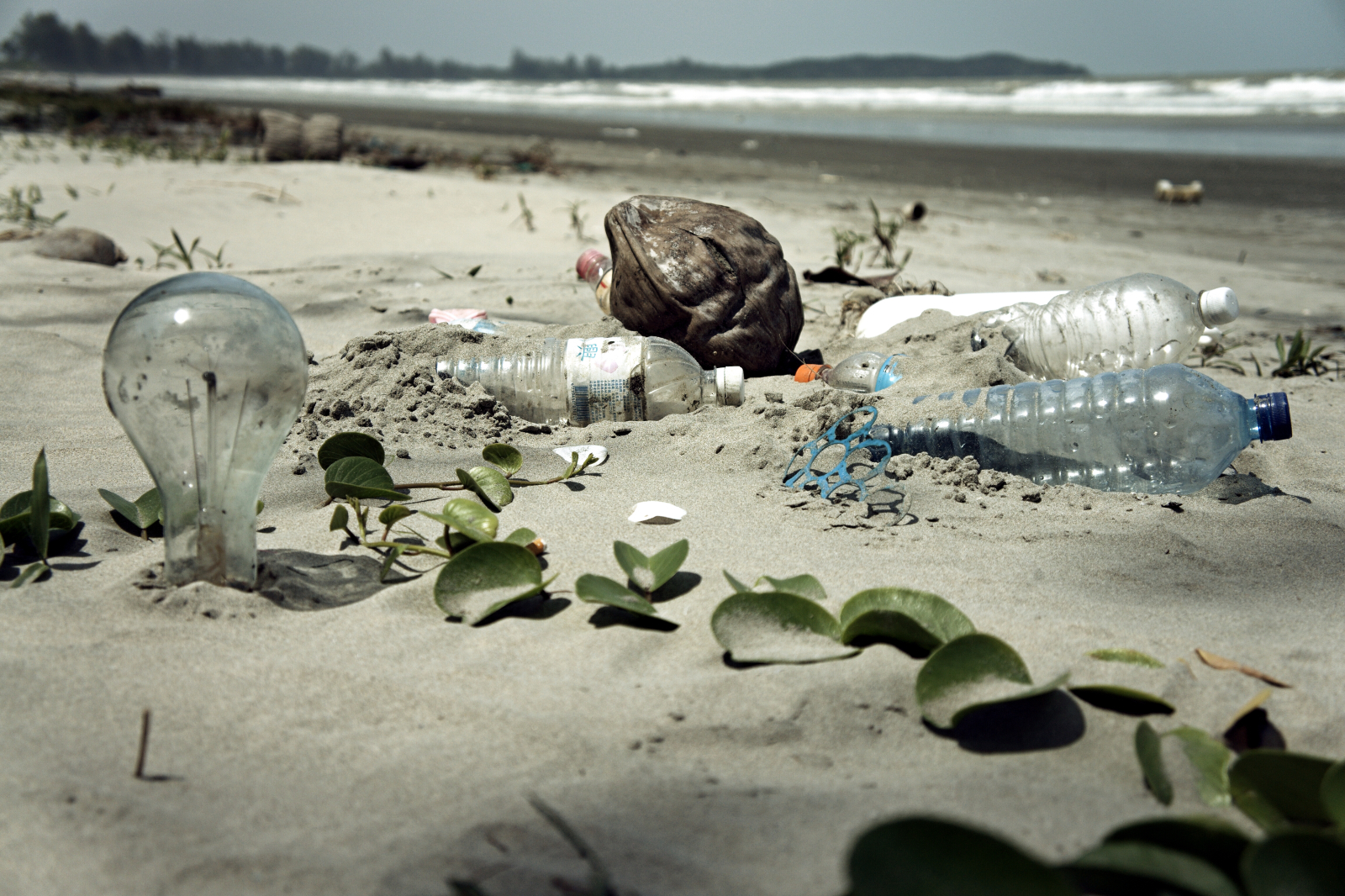Plastic debris equivalent to a string of plastic bottles stretching to the moon and back is adrift in the Earth's oceans, a new study has shown.
Writing in PLoS One, Five Gyres Institute scientist Markus Eriksen and his colleagues have carried out 24 expeditions involving visual and netting surveys over the last 7 years to measure the amounts of large and small plastic fragments in the water. The results are sobering.
"There are more than 5 trillion plastic particles in the water weighing more than 268,000 tonnes of plastic out there," says Eriksen. "You could make a string of plastic bottles stretching to the moon and back with that much plastic."
The plastic isn't macroscopic or visible to the naked eye. The study shows that the buffetting action of ocean turbulence slowly grinds the plastics into microscopic, largely invisible particles. And apart from being poorly degradable, meaning that they persist in the environment for very long periods, these microplastics also pose a threat for another reason.
Being hydrocarbon-based, they work like a rag dropped in oil and soak up other oil-based molecules from the water, including pesticides, toxins and industrial pollutants. When filter-feeding animals take these particles into their bodies, the chemicals leach out into their bodies. When these animals become prey for large species, the toxins are concentrated up the food chain, including getting into us.
Eriksen's study shows that there is about ten-fold fewer microplastic particles in the water than would be expected, suggesting that removal processes of this sort are likely at play, so the risk is real.










Comments
Add a comment